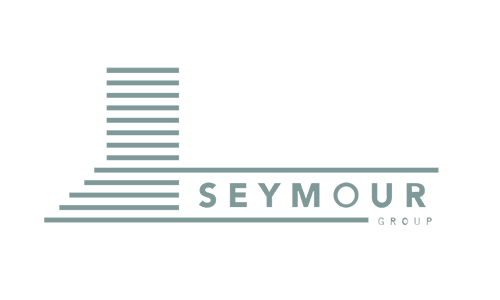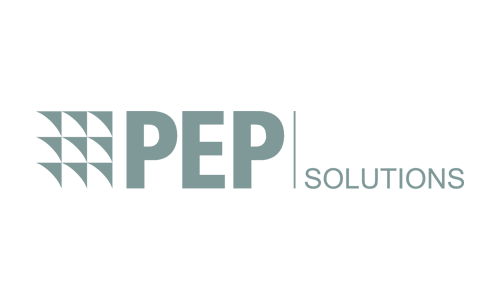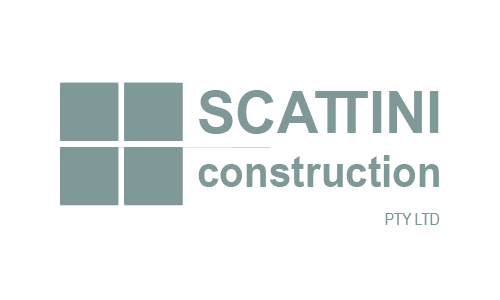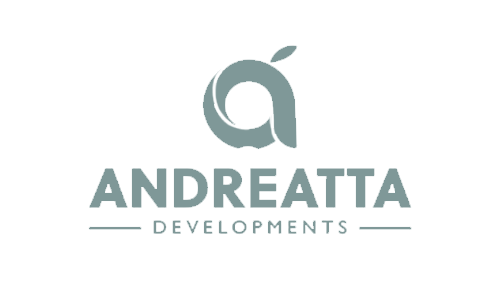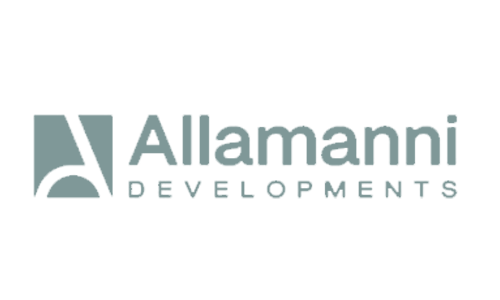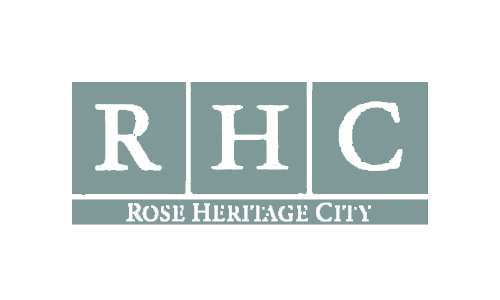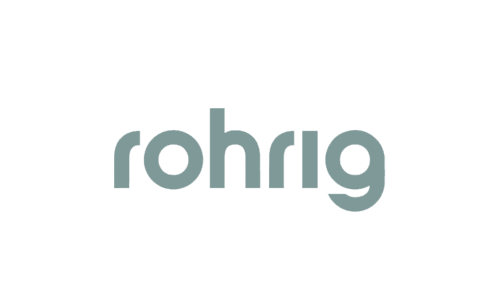nu .
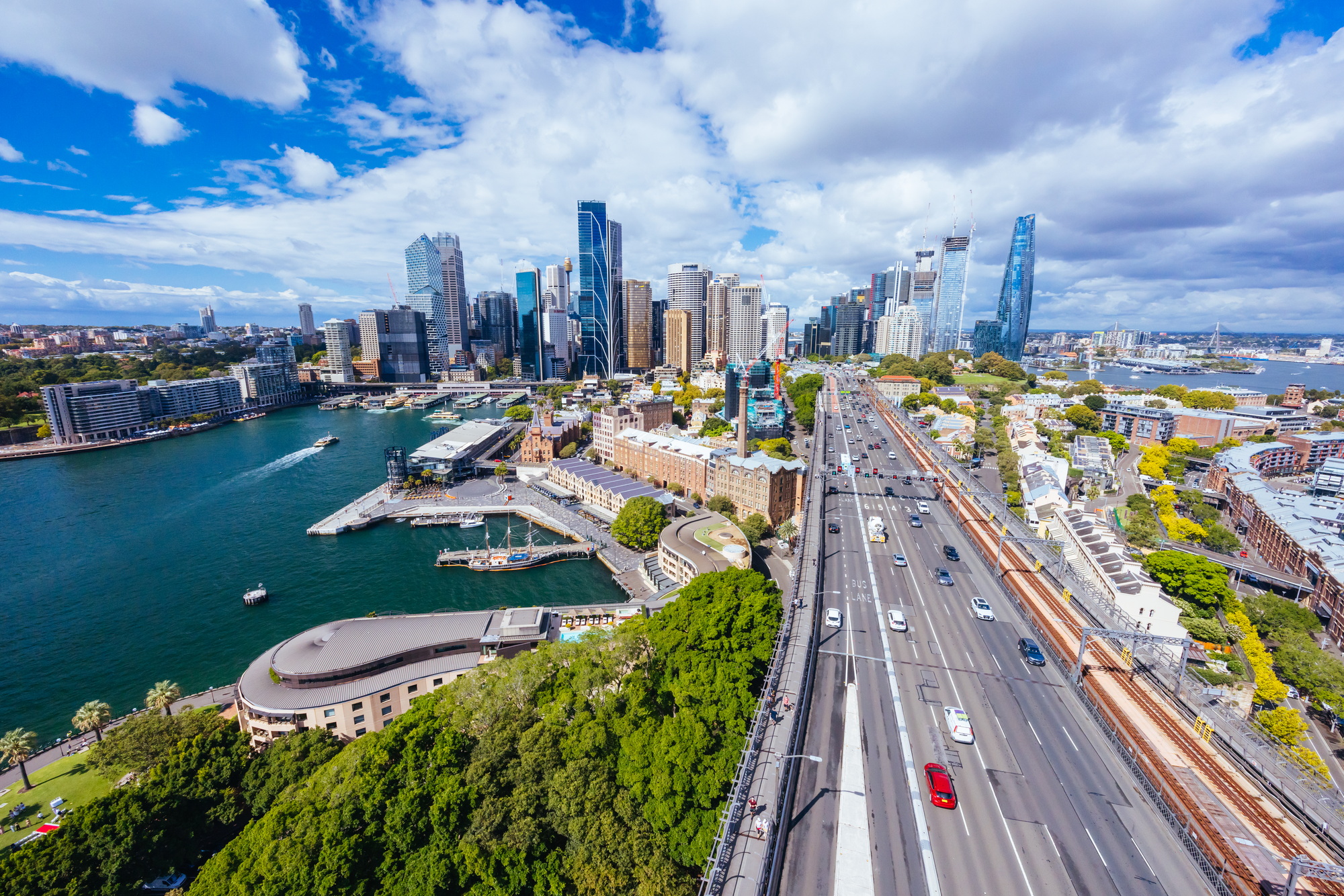
Why Sydney’s Office Market is Evolving in 2025
After a period of uncertainty, Sydney’s office sector is finding its new rhythm. With rising demand for quality space and shifting tenant expectations, 2025 marks a turning point in how and where businesses occupy commercial real estate.
Flight to quality is reshaping the market
Tenants aren’t downsizing — they’re upgrading. Businesses are moving out of outdated buildings and into newer, better-connected, more efficient offices.
Demand is rising for A-grade and premium office space
Older, lower-grade stock is struggling to attract long-term tenants
ESG factors are now influencing leasing decisions
Tenants are seeking buildings with end-of-trip, wellness, and smart tech features
Fit-for-purpose design is now a key differentiator
Prime CBD space is in demand
Contrary to headlines, Sydney’s CBD isn’t empty — but it is evolving. High-performing sectors are actively leasing in core precincts, and incentives are starting to stabilise.
Finance, legal and tech firms are driving demand in the core CBD
Barangaroo remains a standout for premium, efficient floorplates
Sydney Metro is improving accessibility across the CBD fringe
Vacancy in premium towers is significantly lower than secondary stock
Refurbished heritage buildings are also attracting boutique tenants
Fringe and metro office markets are performing
Office demand has spread beyond the CBD. Businesses are prioritising convenience, amenity and connection to residential catchments — and that’s putting suburban office hubs in the spotlight.
North Sydney, Parramatta, Macquarie Park and South Sydney are in high demand
Accessibility and proximity to skilled workers are key drivers
Newer buildings with high sustainability ratings attract better tenants
Suburban office assets offer competitive yields and lower risk
Government decentralisation is also supporting growth outside the CBD
ESG is no longer optional
Environmental and social performance are now baseline requirements for major tenants. Office buildings that can’t meet these expectations are being left behind — fast.
NABERS and Green Star ratings heavily influence leasing decisions
Tenants are focused on energy efficiency and carbon reduction
Wellness design and flexible floorplans add long-term value
Landlords are upgrading to remain competitive in the market
Sustainable buildings are commanding stronger rents and longer lease terms
Occupiers want flexibility, not just space
Modern businesses are looking for offices that support flexible working patterns — without compromising on collaboration, branding, or performance.
Demand for adaptable floorplates and shared breakout areas is rising
Hybrid work models still favour strong central locations
Private offices, meeting spaces and hot-desking coexist in new designs
Fit-outs are being customised for post-pandemic work cultures
Buildings offering plug-and-play space are leasing faster
Sublease space is being absorbed
The wave of sublease availability that followed the pandemic is finally easing. Larger businesses are now taking back space as headcounts grow and business confidence improves.
Sublease volumes have dropped across core and fringe markets
Larger tenancies are consolidating into better-quality spaces
Demand is returning in both traditional and flexible leasing formats
Agents are seeing fewer short-term deals and more 5–7 year terms
Sublease incentives are narrowing, reflecting stronger competition
Investors are watching rental growth closely
While yields have shifted with rising interest rates, many investors are looking beyond short-term value to focus on buildings that meet future demand.
Quality assets in strong locations remain tightly held
Refurbishment projects are unlocking value in ageing stock
Leasing risk is now concentrated in B and C-grade towers
Institutional funds are focusing on ESG-aligned buildings
Core-plus strategies are gaining traction in Sydney’s fringe
Where the opportunity is in 2025
Not all office assets are equal — but those that meet modern business needs are leasing quickly and attracting serious buyer interest.
Barangaroo, Martin Place, Circular Quay – premium demand and low vacancy
North Sydney – active leasing and new project completions
Parramatta – government and health-sector growth
South Sydney & Alexandria – creative and light commercial demand
Macquarie Park – life sciences and tech tenants expanding
In summary
Sydney’s office market is evolving — not declining. The flight to quality is in full swing, ESG is reshaping decision-making, and fringe markets are playing a bigger role than ever. For investors and landlords, the message is clear: adapt or be left behind.
Demand for premium office space remains strong
Fringe and suburban markets are outperforming older CBD stock
ESG and flexibility are driving tenant decisions
Sublease space is being reabsorbed
Opportunity exists in well-located, future-focused buildings
Get a free quote
Whether you’re selling land, securing approvals, or launching a campaign — we’ll help you visualise it clearly and move faster to market. Fill out the form below and we’ll send through a free tailored quote for your next commercial or industrial development.



